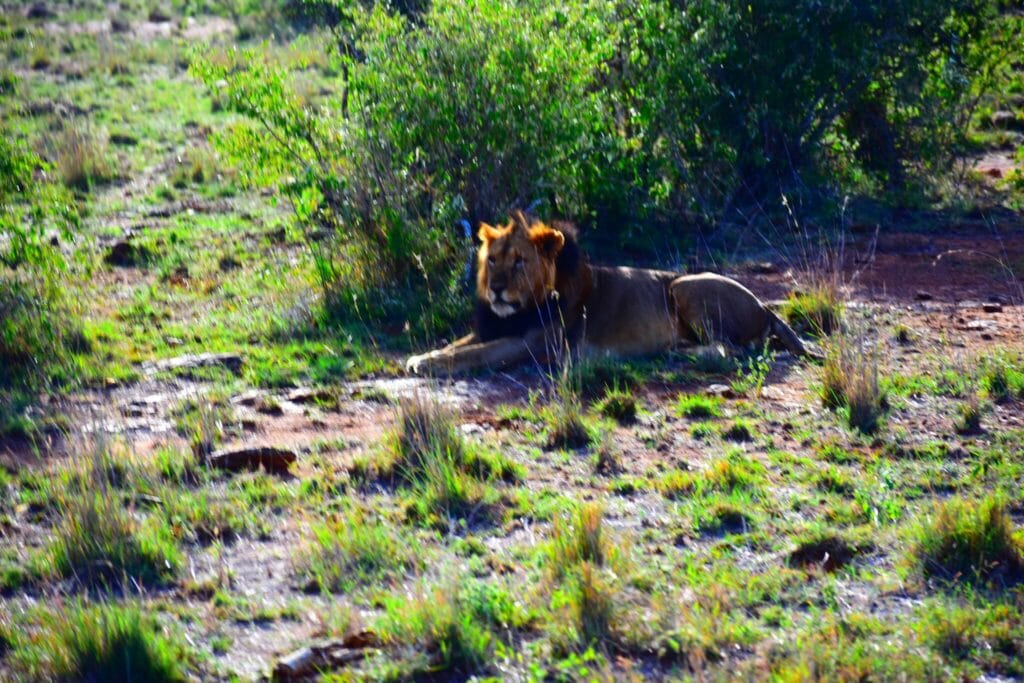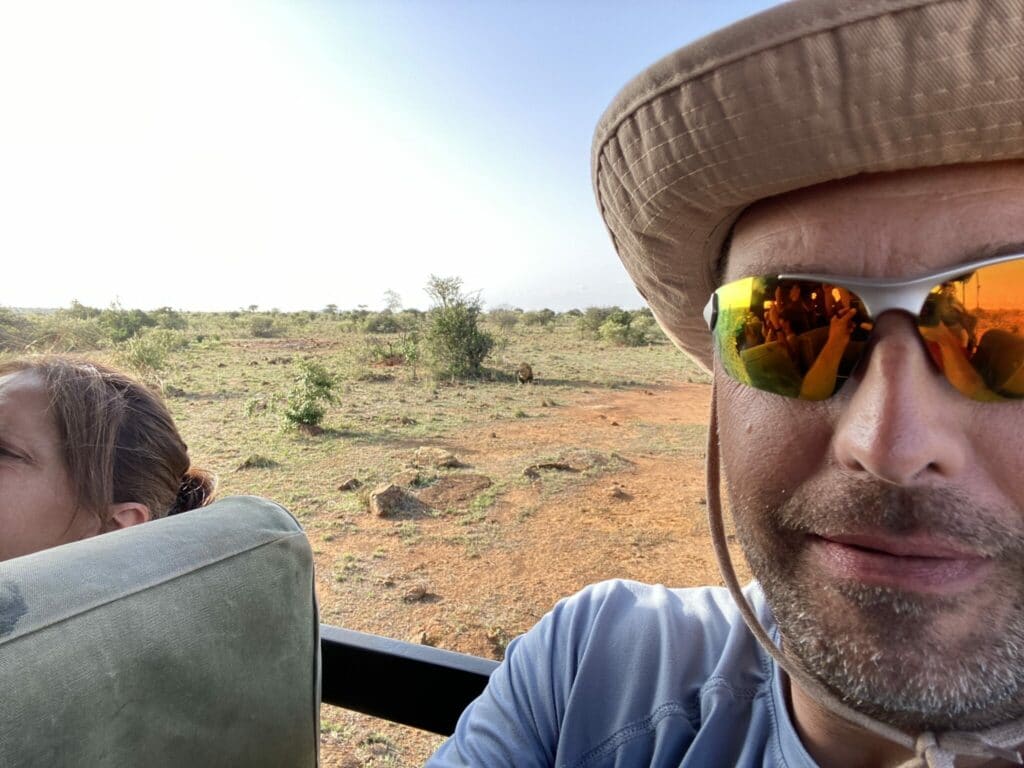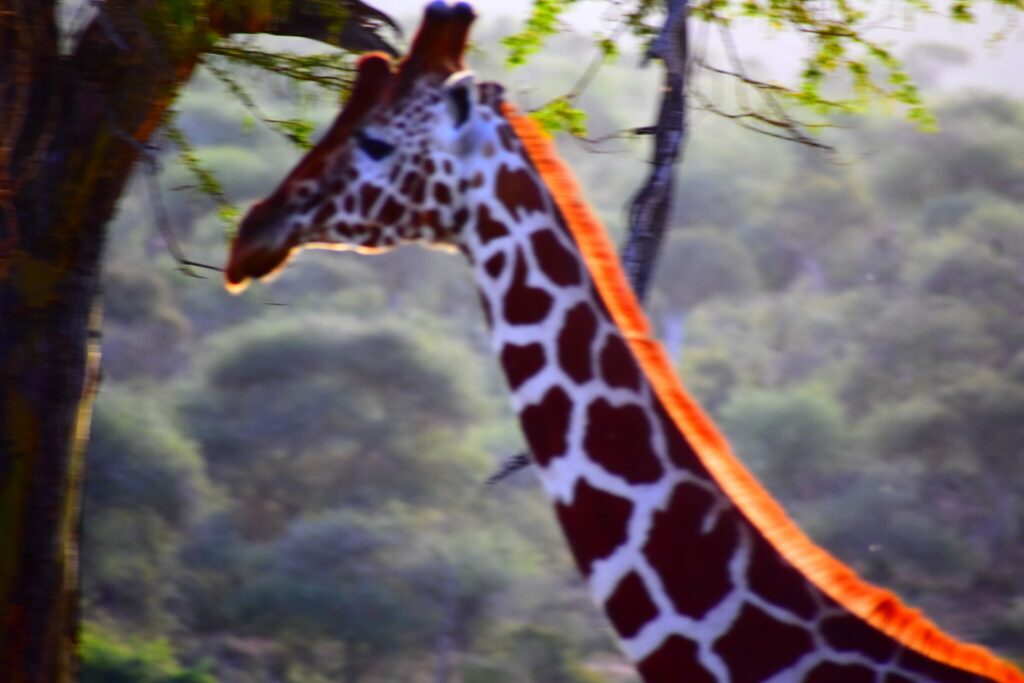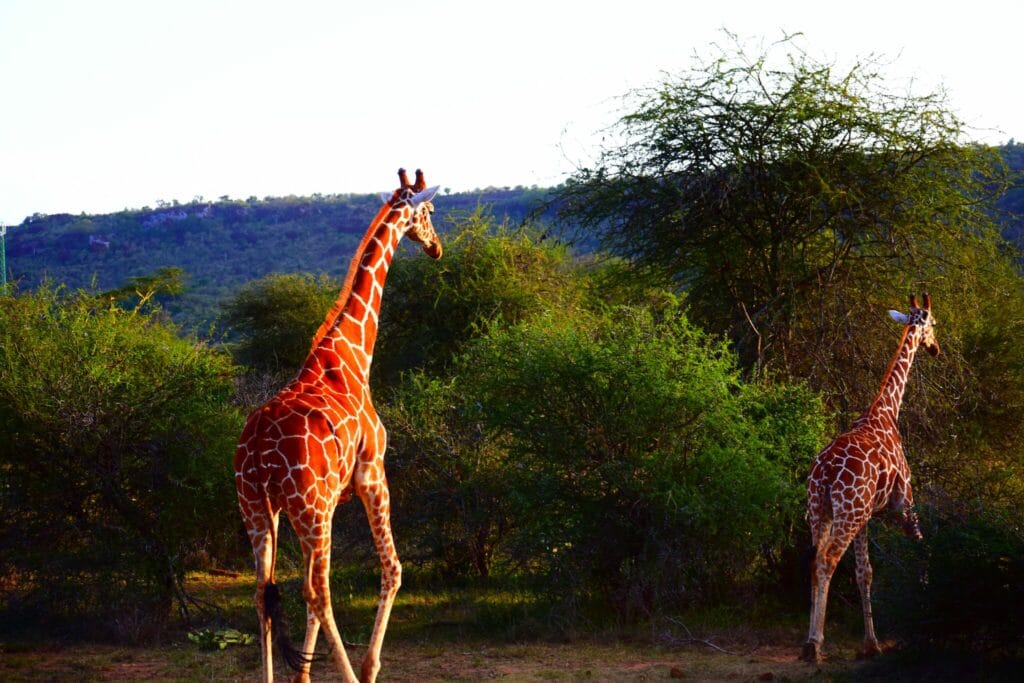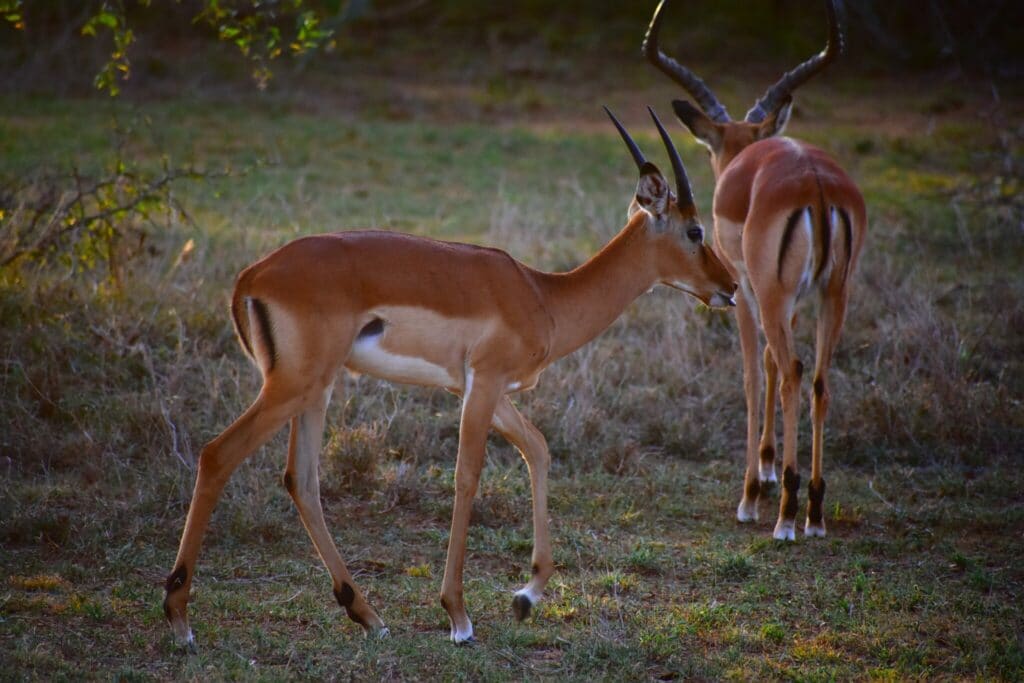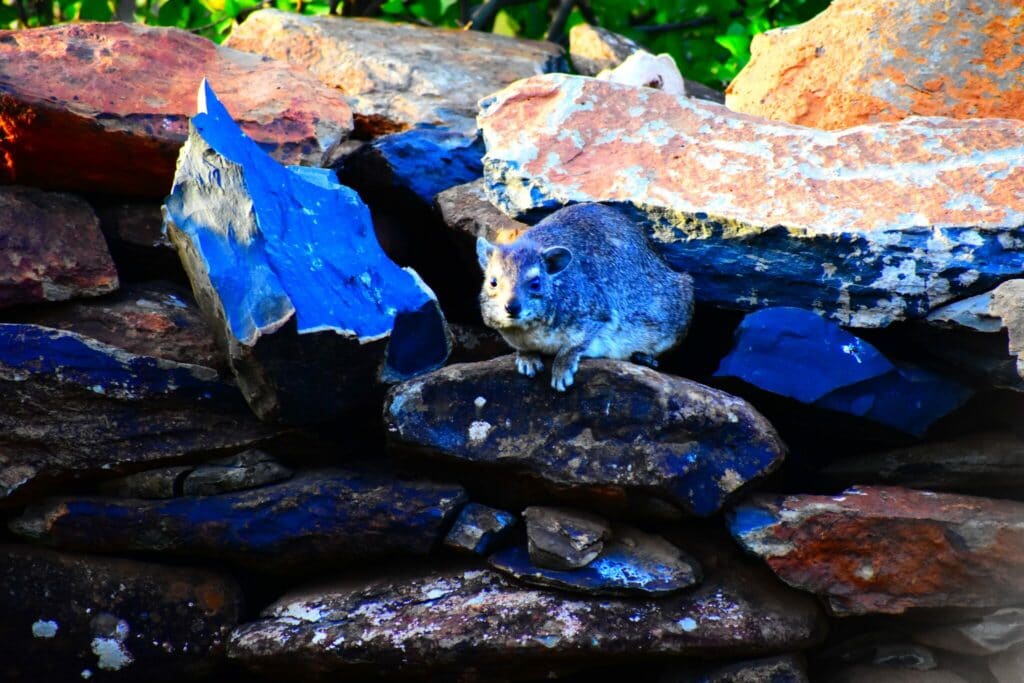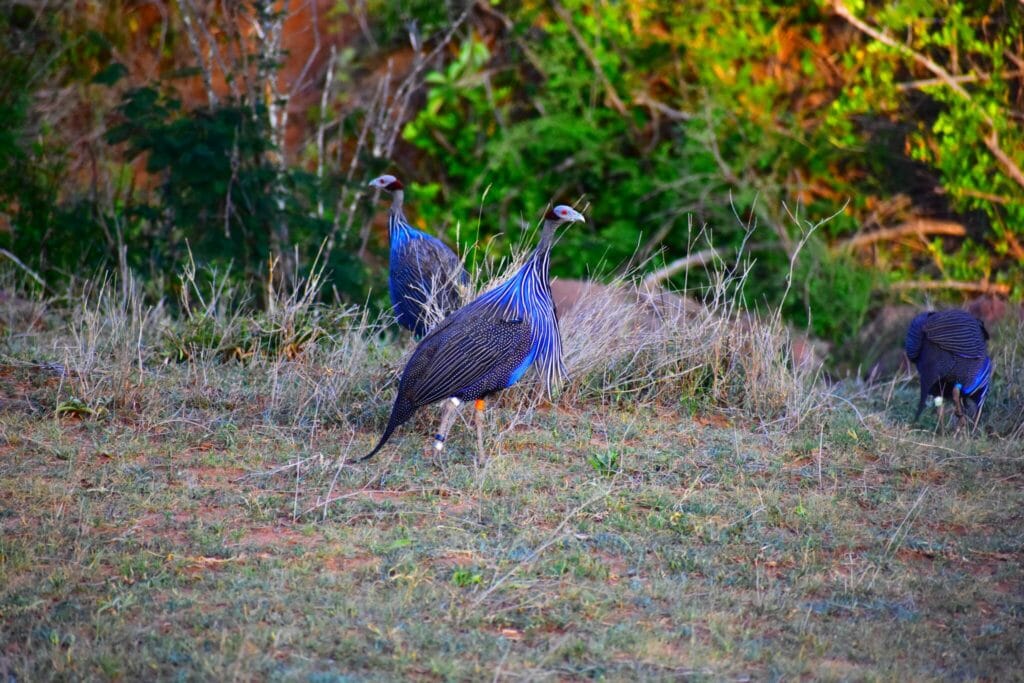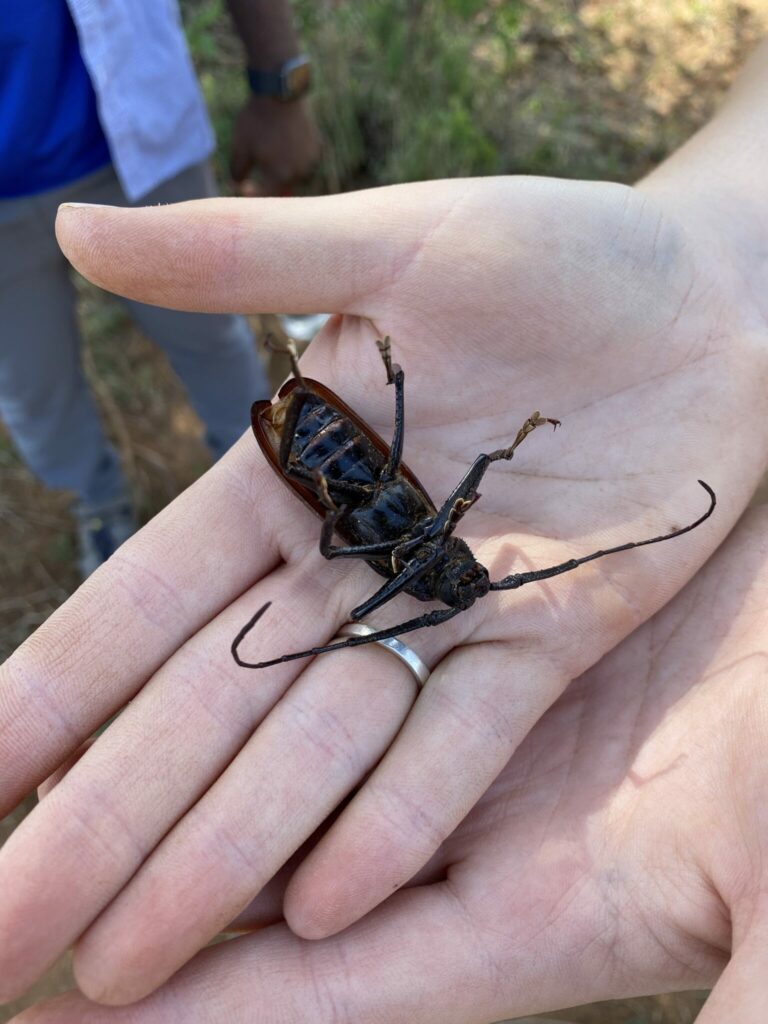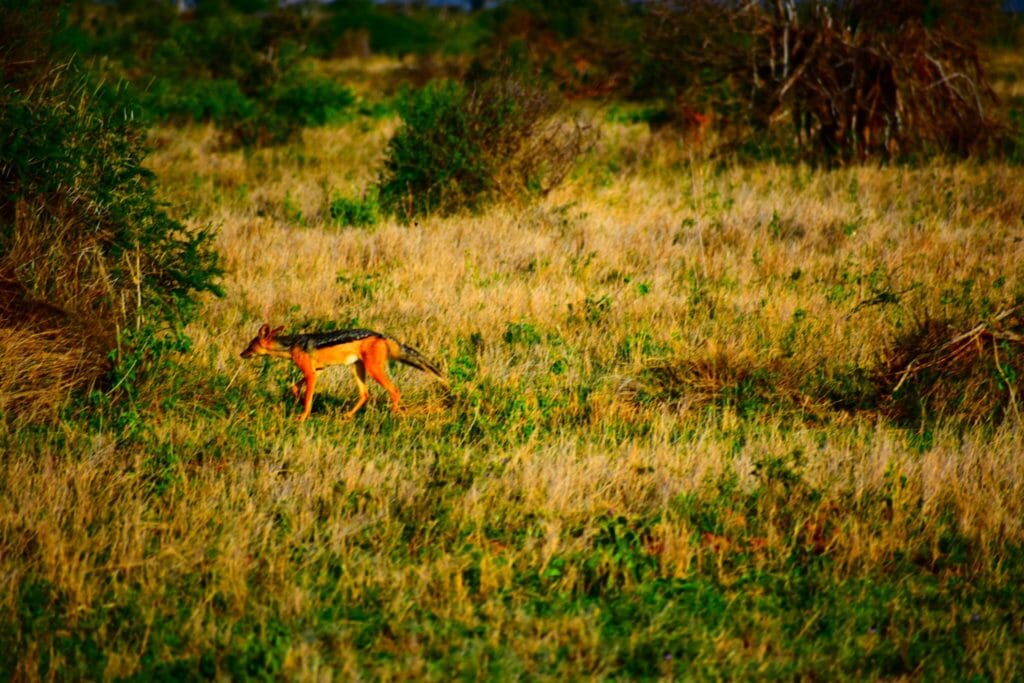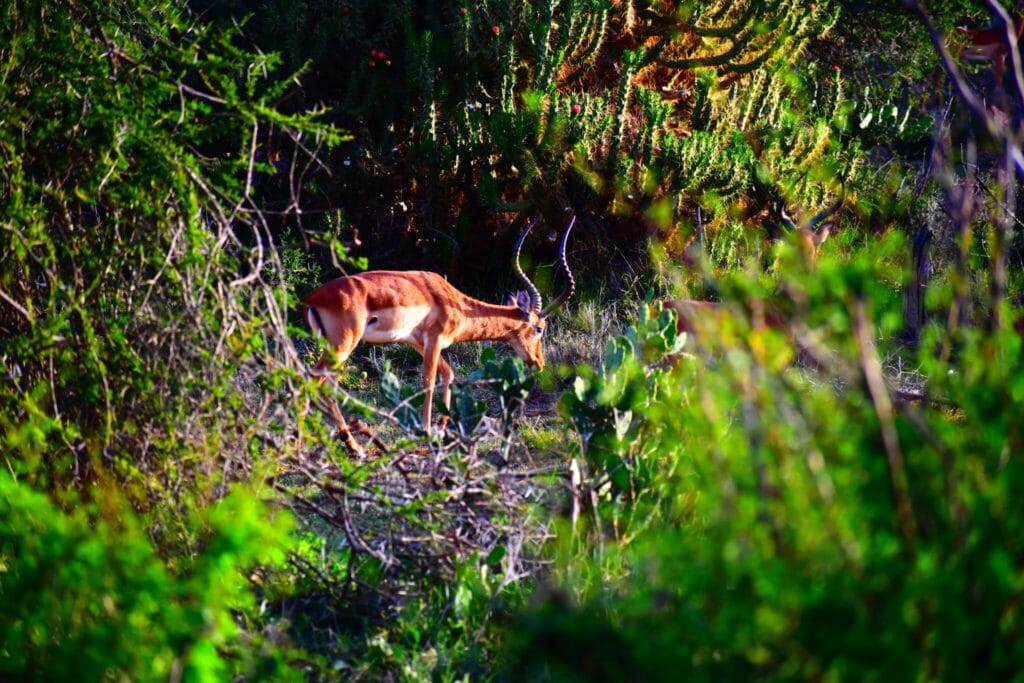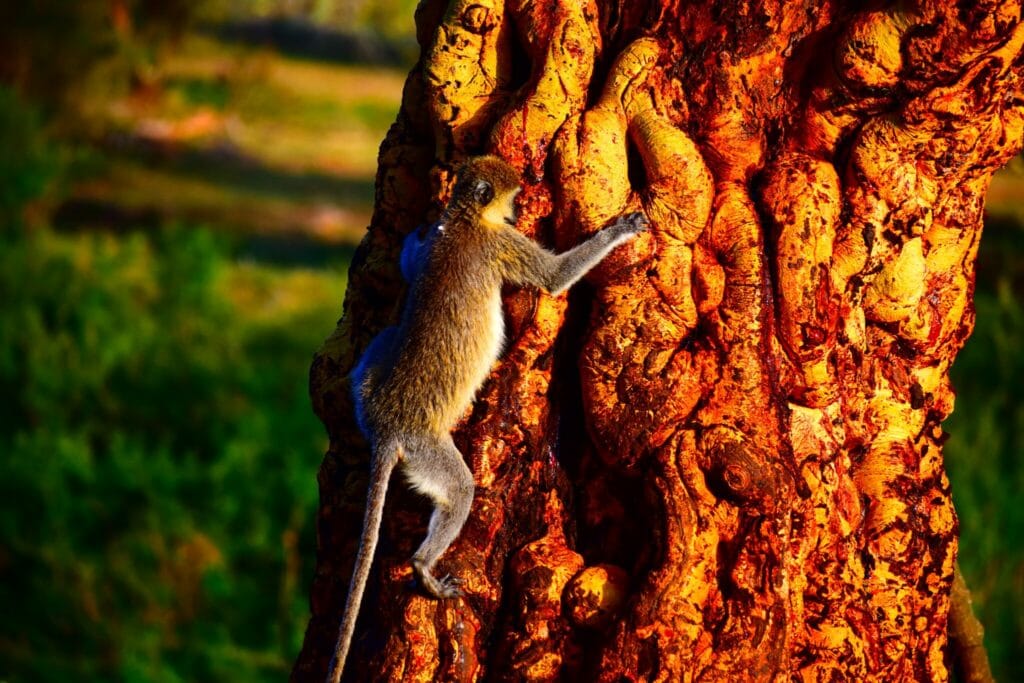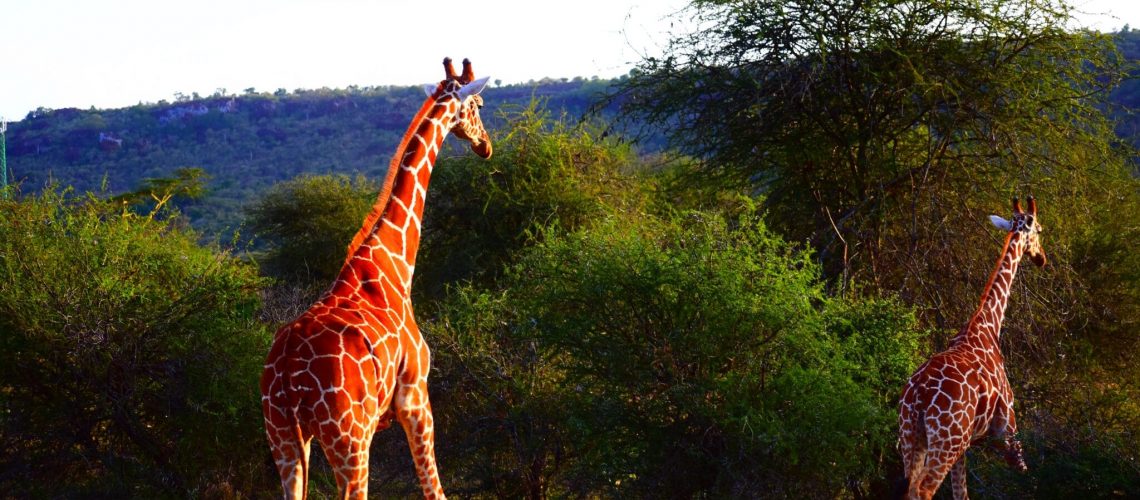June 14, 2022
We started the morning with early hominin energy expenditure. This involves a 13-15 minute walk outside the protective electrified fence and into the bush lands. Our objective was to identify three plants, use a stick tool to dig for roots, then weigh the roots (edible) to determine how many kilocalories we had available to us. We worked in small groups or pairs for this activity. Once collected “food” during a specified time frame we massed our food and walked back to camp to analyze the data.
The paperwork that came consisted of calculating how many kilocalories we expended during the walk and foraging for our roots. After some fun math we all found out we would not have survived day as hominins based on the amount of food we foraged. My group was about 400 kilocalories short. This was a fun activity and helped prepare us for the field work looking at fossilized plant remains in areas that contain early hominins. This method would begin to allow inferences into caloric availability for hominins in early ecosystems.
After a lunch we prepared for our large animal count. We used the unimog again and saw the following animals: elephant, rock hyrax, baboon, vervet, black backed jackal, lion, plains and Grevy zebra, common warthog, common hippo, reticulated giraffe, Cape buffalo, lesser kudu, common eland, oryx, impala, and dik dik. Pictures below do not represent all the animals we saw.

